Conflict Zones
Why is Trump ‘very angry’ with Putin and who will secondary tariffs hurt? | Donald Trump News
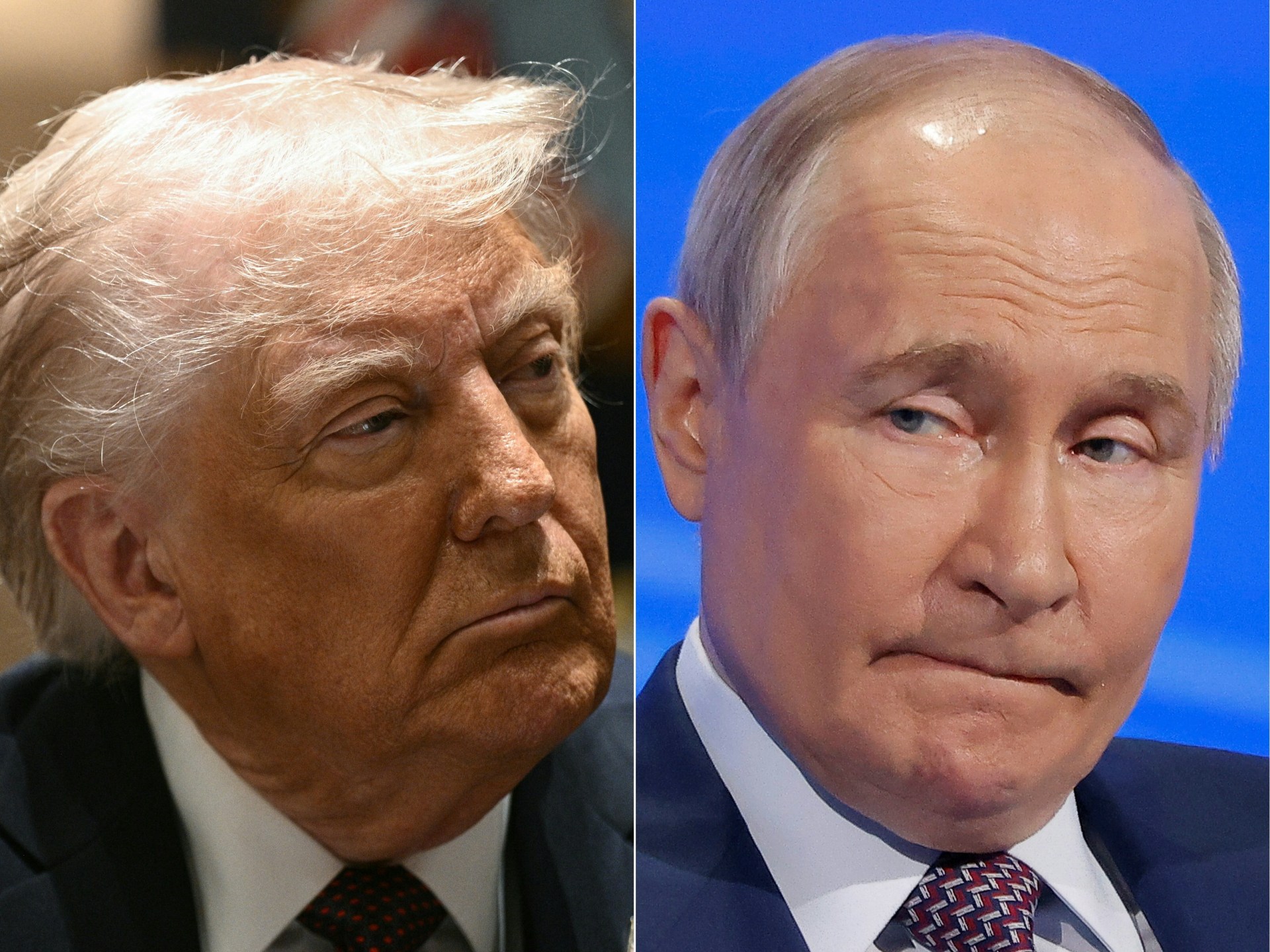
United States President Donald Trump said on Sunday that he was “p***** off” at his Russian counterpart, Vladimir Putin, and would slap additional financial penalties on the sale of Russian oil if he did not agree to a ceasefire in Ukraine.
The comments marked a sharp change in tone from Trump, who has been open to peace negotiations with Moscow since his second term began in January.
Here is more about what happened, what Trump’s threat could involve, and why this is significant for Putin’s war on Ukraine, and for countries that buy Russian oil.
What did Trump say about Putin?
During an interview with NBC on Sunday, Trump said he was “very angry” and “p***** off” over Putin questioning the legitimacy of Ukrainian President Volodymyr Zelenskyy.
Trump argued that any move seeking to replace Zelenskyy as the leader of Ukraine would inevitably delay the prospects of a ceasefire.
However, Trump did add that Putin knew he was angry with him. He said he and Putin had “a very good relationship” and “the anger dissipates quickly … if he does the right thing”.
What had Putin said about Zelenskyy?
Putin said Zelenskyy lacked the legitimacy to sign a peace agreement.
The Russian leader has frequently claimed that the Ukrainian government is illegitimate, ever since the 2014 overthrow of Moscow-leaning President Viktor Yanukovych, whom the Kremlin claims had US backing.
Putin suggested on Thursday that a temporary administration be established in Ukraine under the supervision of the United Nations. This proposal was rejected by UN Secretary-General Antonio Guterres.
Zelenskyy was sworn in as the president of Ukraine in 2019 for a five-year term. The war broke out following Russia’s full-scale invasion of Ukraine in February 2022. While Ukraine was supposed to have presidential elections in 2024, the country has been under martial law due to the war, and its constitution does not allow it to hold elections under martial law conditions.
Though Trump has now criticised Putin for questioning Zelenskyy’s legitimacy as Ukraine’s president, the American leader did the same not long ago.
In February, amid tensions with the Ukrainian leader, Trump described Zelenskyy as “A Dictator without Elections” in a post on his Truth Social platform.
What is the state of diplomatic efforts to end the Ukraine war?
During his presidential election campaign, Trump promised that he would bring the Ukraine war to a prompt halt.
Since his inauguration, US negotiating teams have separately met Russian and Ukrainian teams multiple times in Saudi Arabia to discuss peace terms. Trump has also separately spoken to Putin and Zelenskyy since then.
The three sides agreed on March 25 to stop using military force in the Black Sea. They also agreed to pause attacks on energy infrastructure in Russia and Ukraine for 30 days. However, both sides have accused each other of violating this and attacking energy facilities.
Ukraine and the US had agreed to a 30-day complete ceasefire on land and sea, which is pending Russia’s approval. Putin has not signed this proposal, citing reservations that Ukraine might use the period to rearm itself — including with supplies of cutting-edge Western weapons — and mobilise more soldiers at a time when it faces a manpower shortage.
What has Trump threatened — and will it work?
Trump has threatened “secondary tariffs” on Russian oil if he deems Moscow responsible for not reaching a ceasefire agreement.
“If Russia and I are unable to make a deal on stopping the bloodshed in Ukraine, and if I think it was Russia’s fault – which it might not be – but if I think it was Russia’s fault, I am going to put secondary tariffs on all oil coming out of Russia,” said Trump during the NBC interview.
“That would be that if you buy oil from Russia, you can’t do business in the United States. There will be a 25 percent tariff on all oil, a 25 to 50-point tariff on all oil.”
Keir Giles, a senior consulting fellow at the London-based Chatham House think tank, told Al Jazeera that it is unclear whether these threats would place pressure on Russia.
“We have seen sporadic threats by Trump to impose some kind of economic pressure on Russia but they never last long,” said Giles, adding it would be a “radical departure” from his past approach towards the war if Trump were to impose pressure on Moscow, rather than on Kyiv.
“We do not know if this threat is empty, but the previous ones have been, and Putin knows that,” Giles said.
What are secondary tariffs?
By “secondary tariffs” Trump appears to mean tariffs on imports from countries that buy Russian oil.
The US has long led campaigns of what are known as secondary sanctions — in which countries that trade with a sanctioned country also face sanctions. For instance, secondary sanctions are in place against the purchase of Iranian oil or heavy military equipment from Russia: countries, companies and individuals that engage in this trade are at risk of US sanctions.
The threat of secondary US sanctions is also why most global banks and financial institutions no longer participate in trade with Russia or Iran — they do not want to risk losing out on business in the US.
By contrast, secondary tariffs are relatively untested as a phenomenon. Last week, Trump also imposed a 25 percent secondary tariff on US imports from any country buying oil and gas from Venezuela.
Which countries could Trump’s secondary tariffs hurt?
If Trump imposes secondary tariffs on Russian oil, India and China could be hit particularly hard.
India and China are the two biggest buyers of inexpensive Russian crude.
Russian oil constituted 35 percent of India’s overall crude imports in 2024, while it made up 19 percent of China’s oil imports. Turkiye is also an importer of Russian oil — in 2023, as much as 58 percent of its refined petroleum imports came from Russia.
How much would secondary tariffs bleed China, India and Turkiye?
If Trump were to impose these tariffs, it is unclear whether they would be added to existing tariffs or if they would absorb other tariffs already in force.
The US is China’s single biggest export market. In 2024, China sold goods worth $463bn to the US. But Trump has already imposed 20 percent tariffs on all imports from China.
India too counts the US as its biggest export market. Indian exports to the US stood at $91bn in 2024. However, Trump has repeatedly railed against India’s high tariffs on US imports.
Turkiye is relatively less exposed. The US is its second-largest export market, after Germany, at $17bn in 2024.
However, Trump has threatened reciprocal, tit-for-tat tariffs from April 2 against all US trading partners.
And if Trump truly cracks down on countries that buy Russian oil, India in particular could find itself under Washington’s scrutiny. That is because India — which has 22 oil refineries, including the world’s largest in Jamnagar in the western state of Gujarat — has long been accused of buying subsidised Russian oil, refining it, and selling it to the West, effectively helping Moscow undercut Western sanctions.
In 2023, India exported $55.8bn worth of refined oil products such as petrol and diesel to countries including the US, the United Kingdom, France and Belgium that otherwise have strict sanctions on the import of Russian crude, according to data from the Observatory of Economic Complexity (OEC).
Following Canada, India is the second largest exporter of refined oil to the US, making up 7.5 percent of US oil exports as of 2023, OEC data shows.
But India has long argued that by buying Russian oil, it has freed up crude from other sources, such as the Middle East and Africa, for Western nations to buy, keeping global oil prices under control. If oil from Russia — a leading producer — were no longer available to anyone, every nation would need to scramble for limited supplies of crude from elsewhere, driving up prices.
Conflict Zones
Trump says he thinks Iran wants direct talks with US | Donald Trump News
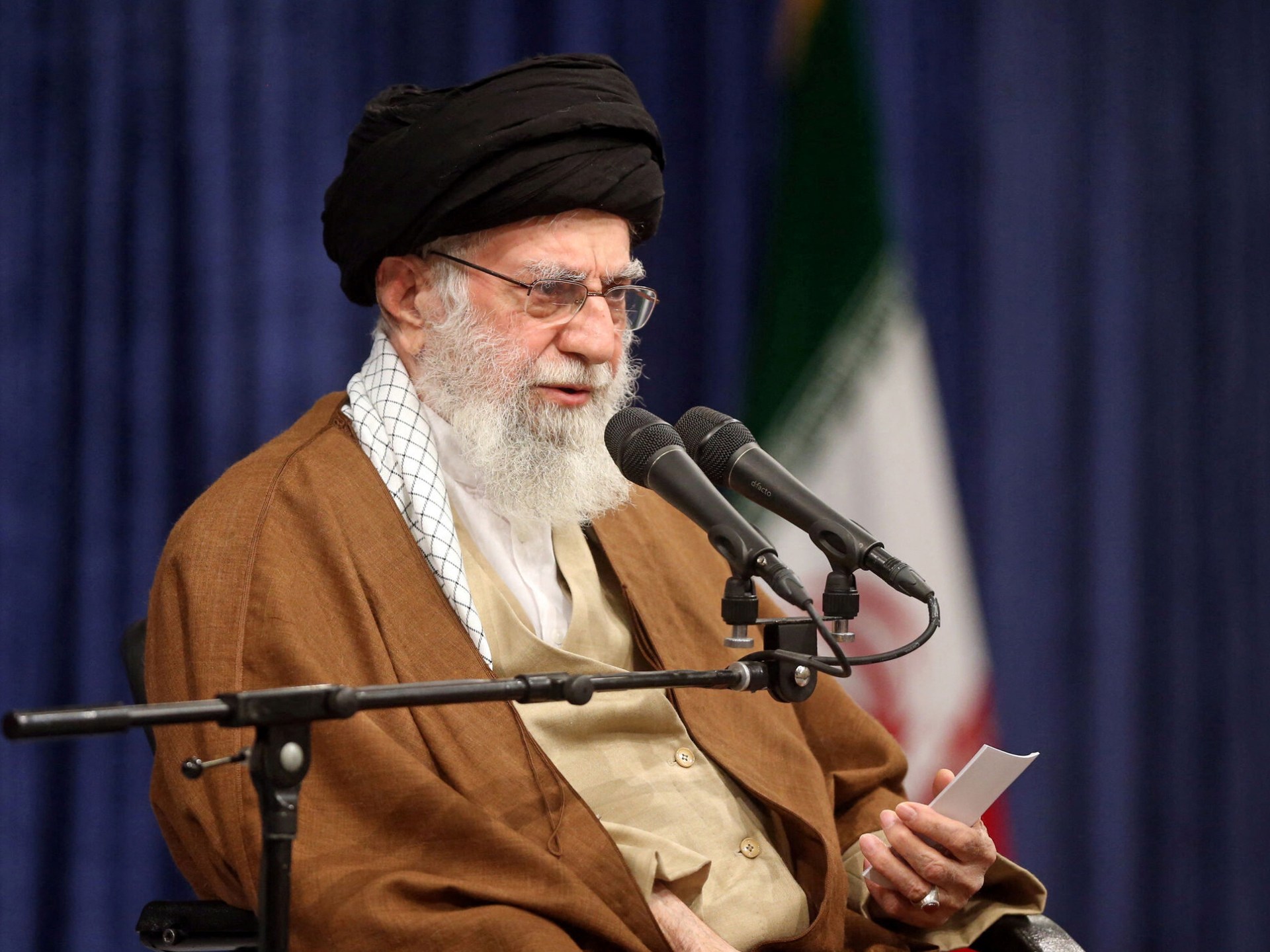
US president says Iran initially wanted talks through intermediaries, but he thinks Tehran has changed its position.
Washington, DC – Donald Trump has suggested that Iran may agree to direct talks with the United States despite the intensifying tensions and back-and-forth threats between the two countries.
Speaking to reporters on Thursday, the US president appeared optimistic about the prospect of face-to-face diplomacy with Tehran.
“I think it’s better if we have direct talks,” he said. “I think it goes faster, and you understand the other side a lot better than if you go through intermediaries. They wanted to use intermediaries. I don’t think that’s necessarily true any more.”
Last month, Trump sent a letter to the Iranian leadership calling for negotiations to address Iran’s nuclear programme. The US president has also been regularly threatening Iran with military strikes.
Tehran has rejected the prospect of direct talks with Washington but said it is open to indirect diplomacy.
It is not clear whether Iran has indeed changed its stance or if Trump is speculating about Tehran’s position.
The US administration has been piling up sanctions against Iran with the aim of completely choking off the country’s oil exports – particularly to China.
In 2018, during his first term as president, Trump nixed a multilateral deal that saw Iran scale back its nuclear programme in exchange for the lifting of international sanctions against its economy.
Tehran maintains that it is not seeking a nuclear weapon. Israel, the top US ally in the region, is widely believed to have an undeclared nuclear arsenal.
Since returning to office in January, Trump has promised to bring “peace” to global conflicts – though he has addressed Iran with a mix of public diplomatic overtures and bombastic warnings.
“If they don’t make a deal, there will be bombing,” he said last week.
Iranian officials have responded with their own threats, suggesting that, if the country is attacked, it will strike back against US troops and interests in the Middle East.
“The US must know that, when facing Iran, threats will never achieve anything,” Iranian Supreme Leader Ayatollah Ali Khamenei said last month, according to Iran’s Tasnim News Agency.
“The US and others must know that, if they commit any malicious act against the Iranian nation, they will receive a severe blow.”
But Tehran’s position in the region appears to have weakened amid the ongoing war in Gaza and beyond.
Israel, for example, killed the top political and military leadership of Lebanon’s Hezbollah, Iran’s once-fearsome ally. Iran lost another key partner after armed opposition groups toppled Syrian President Bashar al-Assad in December of last year.
“I think they’re concerned, I think they feel vulnerable, and I don’t want them to feel that way,” Trump said on Thursday, referring to Iran.
Conflict Zones
Russia-Ukraine war: List of key events, day 1,134 | Russia-Ukraine war News
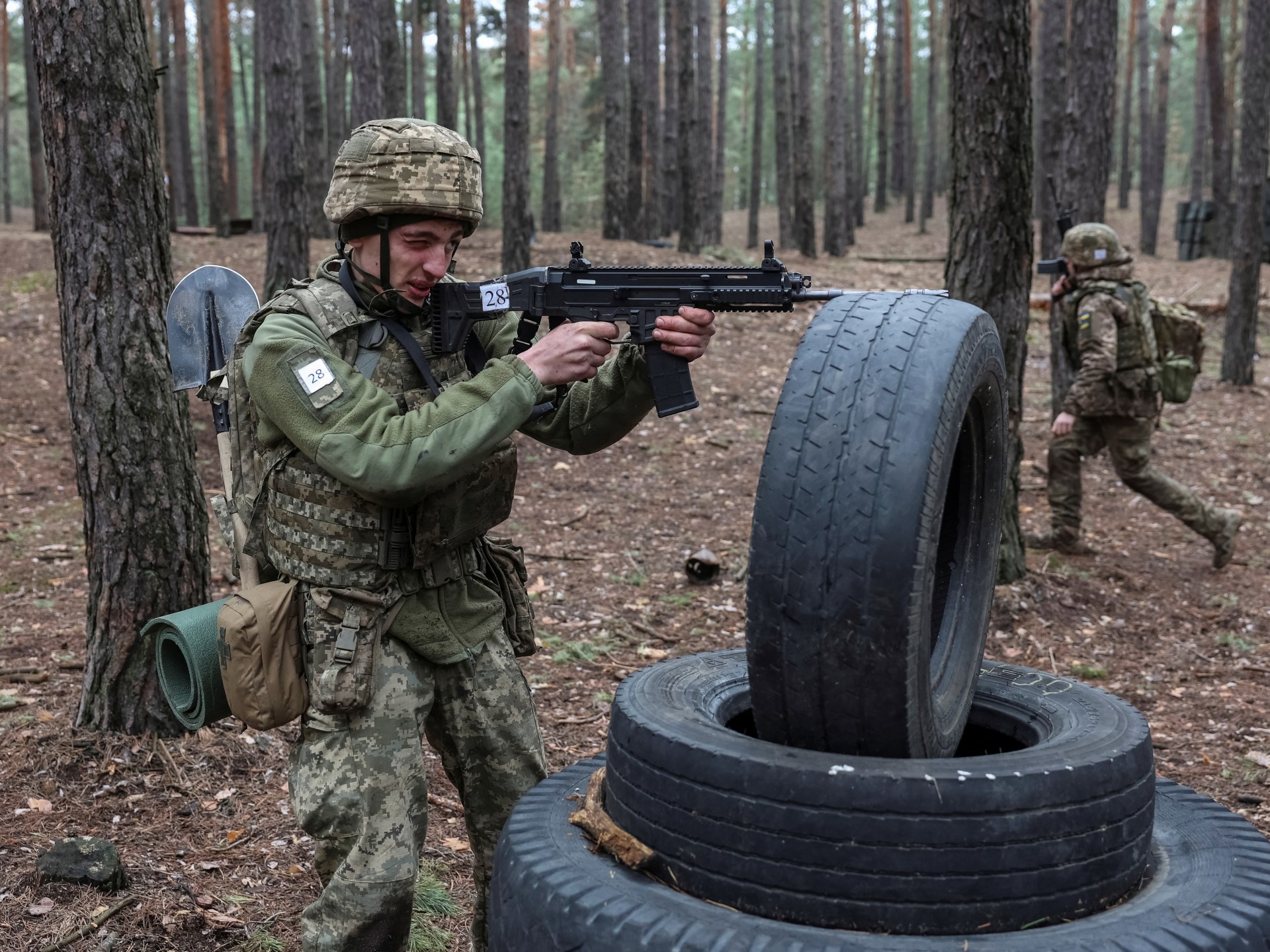
These are the key events on day 1,134 of Russia’s war on Ukraine.
These are the key events from Wednesday, April 2:
Fighting
One person was killed and two others injured in a Russian overnight attack on southeast Ukraine’s Zaporizhia region, Regional Governor Ivan Fedorov said.
A Russian ballistic missile strike on Ukraine’s Kryvyi Rih killed at least four people and injured 14 others, including two children, Ukrainian authorities said.
An infant, a seven-year-old boy and six others were also injured in a drone attack on Ukraine’s Kharkiv region, said Oleh Syniehubov, the region’s governor. Kharkiv’s Mayor Ihor Terekhov said 15 drone strikes were carried out in the region.
At least 60 people were forced to evacuate from their homes in the Russian city of Kursk after falling debris from intercepted Ukrainian drones hit their apartment buildings, acting governor, Alexander Khinshtein, said.
Russia’s state news agencies TASS and RIA Novosti report that Russian forces destroyed 93 Ukrainian drones overnight, most of which were destroyed over the Kursk region.
The Ukrainian air force said it shot down 41 of 74 Russian drones launched towards Ukraine overnight. Another 20 drones failed to reach their targets due to electronic jamming measures, the air force said.
Ukrainian President Volodymyr Zelenskyy said nearly 4,000 people were left without electricity after a Russian drone hit a substation in Ukraine’s northeastern Sumy region, and artillery fire damaged a power line in the central Dnipropetrovsk region.
Moscow’s Ministry of Defence also accused Kyiv of hitting Russian energy facilities twice in the past 24 hours despite a mutual moratorium on energy strikes brokered by the United States.
Germany’s Deutsche Presse-Agentur (DPA) news agency reported that Russia had destroyed one of its own dams in the Belgorod border region using an aerial bomb. The reason for the dam’s destruction was not given.
Oil and Gas
Russia said it ordered the closure of the Black Sea port terminal handling Kazakhstan’s oil exports and US giants Chevron and Exxon Mobil, after two inspections on moorings for vessels at the terminals.
Ceasefire
Russia and Ukraine accused each other of breaching the US-brokered moratorium on energy strikes after both countries reported damage to energy facilities due to alleged violations by both sides.
Politics and Diplomacy
Eleven Ukrainian children were returned to Kyiv from Russia and Russian-occupied Ukraine under the Bring Kids Back UA initiative, President Zelenskyy’s chief of staff, Andriy Yermak, said.
The Kremlin said it is “possible” that Russian envoy Kirill Dmitriev will visit the US and said contact with Washington was ongoing. The Reuters news agency reported that Dmitriev is expected in Washington this week for talks with US President Donald Trump’s administration.
Conflict Zones
‘Live-fire drills’: China conducts second day of war games around Taiwan | Border Disputes News
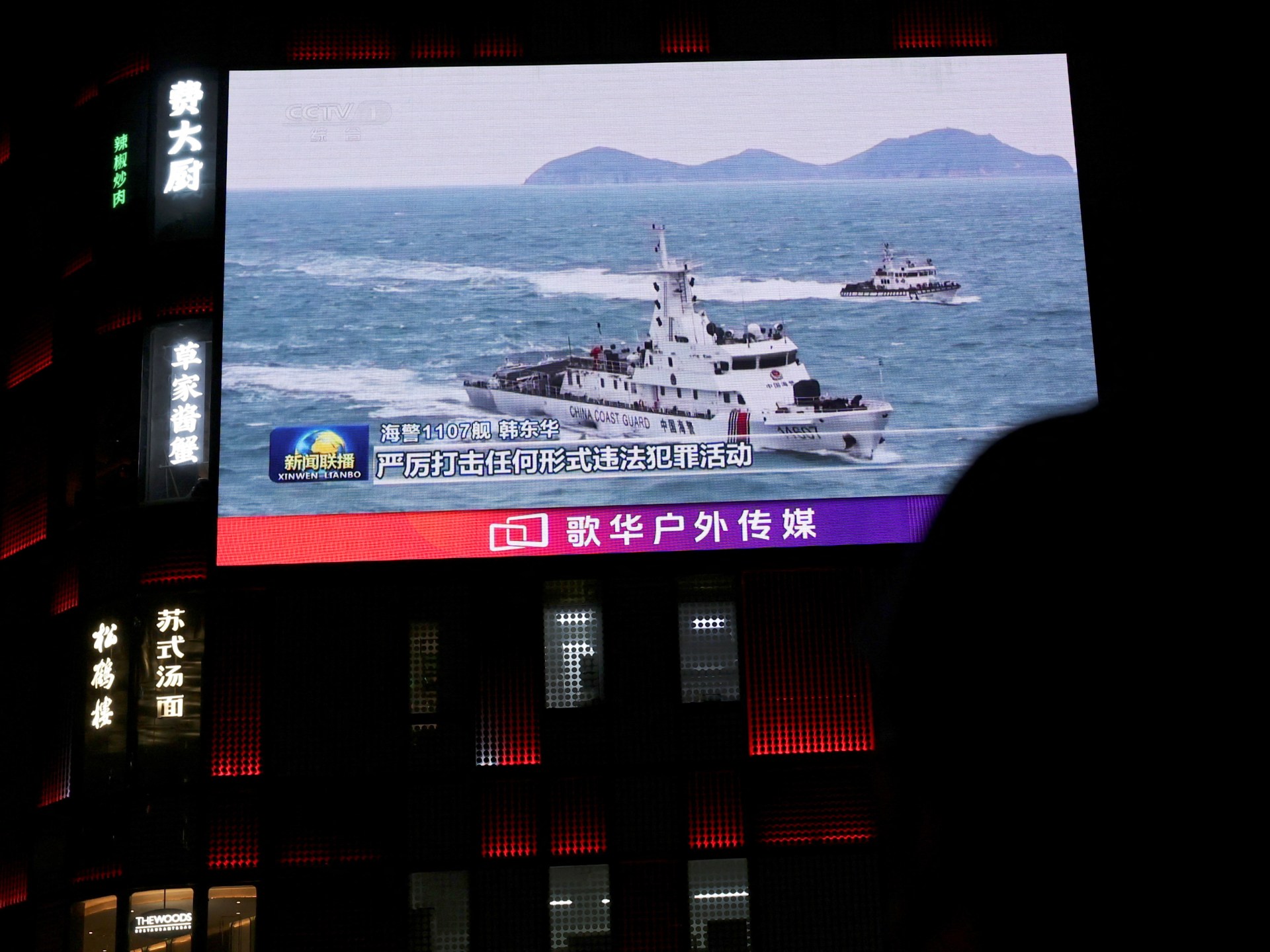
China continues a second day of war games and military drills around Taiwan, including simulated attacks on key targets.
China’s military said it has simulated attacks on high-value targets in Taiwan, including ports and energy facilities, as it carried out “live-fire” military drills around the self-ruled island on the second day of war-game exercises.
The drills on Wednesday, part of an operation titled “Strait Thunder-2025A”, were conducted in the middle and southern parts of the Taiwan Strait as well as the East China Sea, the military said.
“Long-range live-fire drills” were carried out in order to practise hitting “simulated targets of key ports and energy facilities” during the exercises, the military said.
The aim was to “test the troops’ capabilities” in areas such as “blockade and control, and precision strikes on key targets”, said Senior Colonel Shi Yi, spokesman of the Chinese military’s Eastern Theatre Command.
China’s Shandong aircraft carrier was also deployed in the drills, testing the ability to “blockade” Taiwan by integrating naval and air power, the Eastern Theatre Command said.
China’s military published a video of what it said were the live-fire drills that showed rockets, rather than ballistic missiles, being launched and hitting targets on land, and an animation of explosions over Taiwanese cities including Tainan, Hualien and Taichung, all home to military bases and ports.

Taiwan’s President William Lai Ching-te condemned the drills while the island’s defence ministry said China had deployed 21 warships around the island, including the Shandong carrier group, and 71 aircraft and four coastguard vessels on Tuesday.
“China’s blatant military provocations not only threaten peace in the #Taiwan Strait but also undermine security in the entire region, as evidenced by drills near Australia, New Zealand, Japan, Korea, the Philippines & the SCS [South China Sea]. We strongly condemn China’s escalatory behaviour,” Taiwan’s Presidential Office said in a post on X.
On Wednesday, Taiwan said that 76 Chinese military aircraft and 19 naval or government ships had entered waters and airspace near the island over the previous 24 hours, with 37 of the planes crossing the centre line in the 160-kilometre (110-mile) wide Taiwan Strait that forms an unofficial border with mainland China, but which Beijing refuses to acknowledge.
The Shandong aircraft carrier group had also entered Taiwan’s air defence identification zone, a self-defined security area tracked by the Taiwanese military.
Al Jazeera’s Katrina Yu, reporting from Beijing, said the exercises were not the first conducted by China around Taiwan but these latest drills “show how serious Beijing is about honing their capability to blockade the island of Taiwan should they deem necessary”.
“Beijing sees Taiwan, the democratic ruled island, as a breakaway Chinese province, and President Xi Jinping has said time and time again, that whether by peaceful means or by force, it will be unified again with mainland China,” Yu said.
“Taiwanese leader Lai Ching-te has condemned the drills. He says, this is only demonstrating that China is a troublemaker in this region,” Yu added.
The drills are expected to continue until Thursday night and China’s Maritime Safety Administration has announced that an area off the northern part of the eastern province of Zhejiang, more than 500km (310 miles) from Taiwan, will be closed for shipping due to military operations.
-
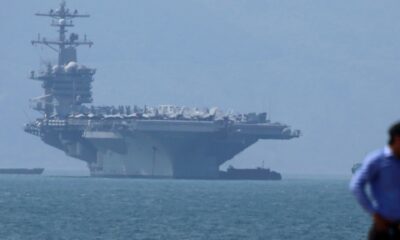
 Conflict Zones2 days ago
Conflict Zones2 days agoUS attacks kill 4 in Yemen as second aircraft carrier sent to Middle East | Military News
-

 Lifestyle2 days ago
Lifestyle2 days agoCooking with kids teaches healthy eating and more
-

 Middle East2 days ago
Middle East2 days agoIsrael’s war on Gaza deadliest conflict ever for journalists, says report | Gaza News
-

 Education1 day ago
Education1 day agoNashville school shooter sought fame in 2023 attack that left 6 dead, report finds
-

 Europe2 days ago
Europe2 days agoAlex Ovechkin: A leap year ploy could have altered hockey history as Capitals captain closes in on Wayne Gretzky’s ‘unreachable’ goal record
-

 Europe1 day ago
Europe1 day agoLive updates: Trump announces sweeping new tariffs on imports on ‘Liberation Day’
-

 Sports2 days ago
Sports2 days agoFreddie Freeman misses Los Angeles Dodgers game after injuring ankle in shower ‘mishap’
-
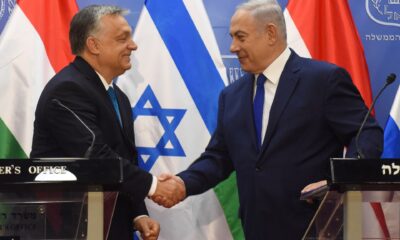
 Middle East2 days ago
Middle East2 days agoIsrael’s Netanyahu heads to Hungary in defiance of ICC arrest warrant | Gaza News




